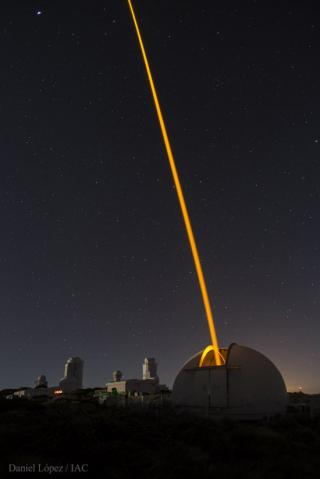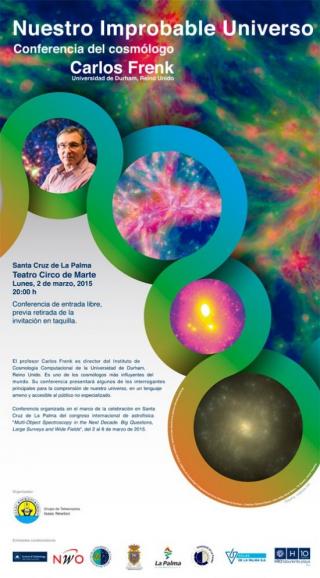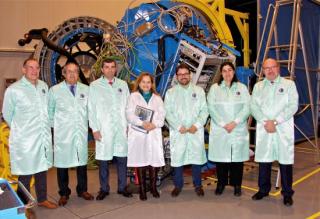
Fernando Clavijo, alcalde de La Laguna, visitó ayer la sede central del Instituto de Astrofísica de Canarias (IAC), localizada en este municipio, antes de participar en la rueda de prensa organizada con motivo de la presentación de IACTech. Acompañaron esta visita Juan Ruiz Alzola, director de la Agencia Canaria de Investigación, Innovación y Sociedad de la Información (ACISII), Rafael Rebolo y Carlos Martínez, director y subdirector del IAC, respectivamente, así como otros investigadores e ingenieros del centro. Durante la visita, se le informó de la investigación que se realiza en este
Advertised on




